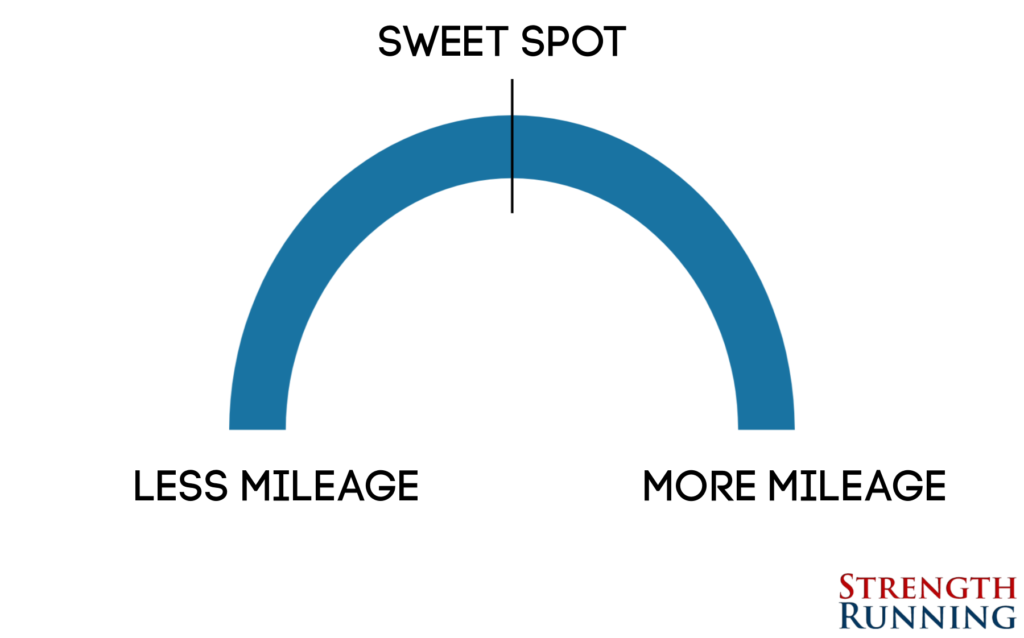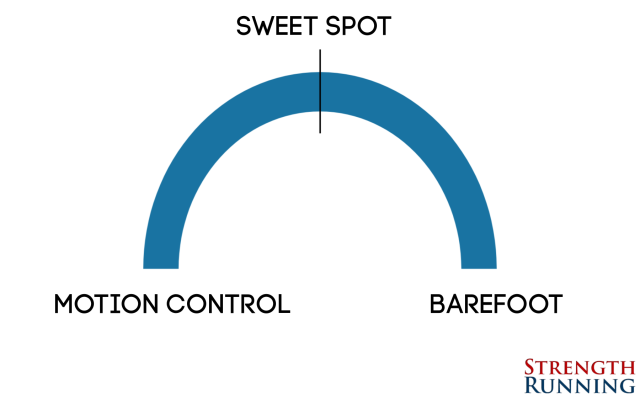In running, there are rarely black or white, binary, or simple issues. Caveats and nuance impact every coach’s decisions.

You’ve probably heard a coach chuckle after saying “it depends” to one of your running questions. It’s the classic coaches answer because exercise science and training theory are complex. Definitive answers to complex issues are rare.
Regular podcast listeners will know that our guest coaches are always answering, “Well, it depends”…
But some runners display classic linear thinking about the sport. It’s endemic not just to running, but every area of life.
Linear thinking, in the way that we’re using it today, means that your thinking is like a line. It is sequential and step-by-step.
In government, there are many examples of being a linear thinker:
- Lower taxes are good, higher taxes are bad
- Less corporate regulation is good, more regulation is bad
- Less immigration is good, more immigration is bad
As you read through those examples, a small voice inside your head might be thinking, “Aren’t these positions over-simplified? Where’s the middle ground?”
And your intuition would be right! Clearly, there’s more nuance at work in complex areas like the tax system. After all, if the government collects either 0% or 100% of your income as tax revenue, there are going to be problems!
The problem with this style of thinking is that most issues exist along a spectrum where both ends of that spectrum are ill-advised (just like either 0% or 100% tax rates). The ideal scenario exists somewhere in the middle.
Let’s see how this applies to running.
Linear Thinking and Running
In running, linear thinking continues:
- More minimalism is best – to the point of exclusively running barefoot
- More mileage is better, less mileage is worse (or the CrossFit version: all easy running is pointless, replace it with intensity!)
- I want a BQ, so I must focus on exclusively racing marathons
Here’s a linear graph representing the “more mileage is better” argument:

Less is less and more is more!
But at what point do the benefits of higher mileage outweigh the rewards? If more is truly more, why don’t elite athletes run 200, 300, or even 400 miles per week?
The answer, of course, is that we can’t think linearly about mileage. This graph is more accurate:

Here, we understand that there’s a sweet spot somewhere in the middle. There’s such a thing as too little mileage but also too many miles.
More nuanced thinkers are nonlinear thinkers. They understand the world is more complex than “more is good, less is worse.”
We can see this concept at work with barefoot running as well:

We want to avoid the extreme of running exclusively in motion control shoes but also the extreme of only running barefoot. While you’ll find runners occupying both ends of this spectrum, they’re not high performing runners most of us should emulate.
This idea can be applied to virtually any area of running like workouts, minimalism, strength training, mileage, and even long runs.
How to Apply Nonlinear Thinking to Running
This concept is borrowed from How Not to Be Wrong: The Power of Mathematical Thinking. But the author admits this insight isn’t new. In ancient Rome, Horace famously said:
Est modus in rebus, sunt certi denique fines, quos ultra citraque nequit consistere rectum.
In English: “There is a proper measure in things. There are, finally, certain boundaries short of and beyond which what is right cannot exist.”
This article is a caution against extremism and a recognition that balance, moderation, and restraint are often more productive.
You can apply this concept to your training in many ways:
- Ask yourself if a new idea is extreme or balanced
- Avoid binary thinking of “yes/no”, “black/white”, “good/bad”, or “more is more, less is less” (the truth is usually somewhere in the middle)
- Exercise science is complex; easy answers are probably too good to be true
If you want help building a training program that takes balance into consideration, Strength Running offers a variety of courses, programs, and coaching services to bring your running to the next level.